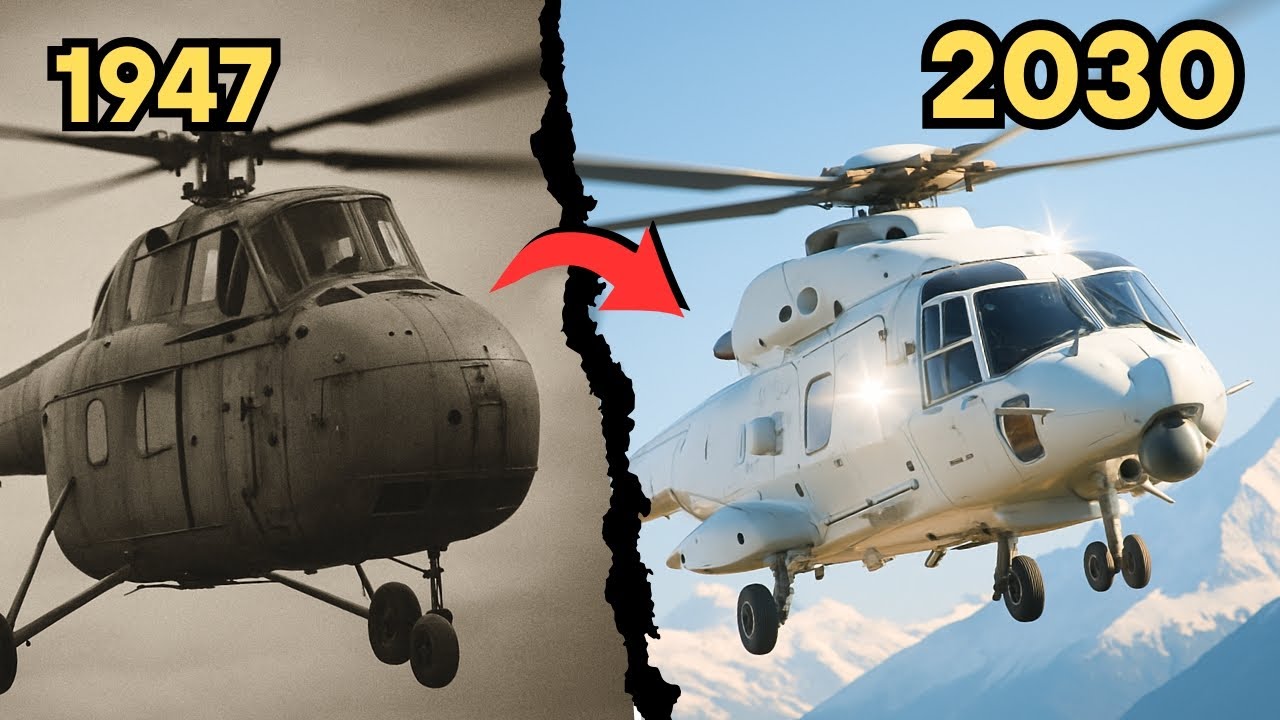The story of British helicopters from 1947 to 2025 is one of transformation—from early light observation craft to sophisticated stealth-capable platforms. Over nearly eight decades, the UK has produced and operated helicopters that served in every major conflict, supported humanitarian missions, and evolved to meet the demands of modern, multi-domain warfare.

The journey began after World War II, when the Westland WS-51 Dragonfly, based on the American Sikorsky design, became one of the UK’s first operational helicopters. It was soon followed by the Bristol Sycamore, which marked the first British-designed helicopter to enter service. These early rotorcraft were primarily used for rescue, liaison, and medical evacuation—roles that showcased the potential of vertical flight in military operations.
The 1960s and ’70s introduced iconic designs like the Westland Scout and Westland Wasp, compact helicopters used for reconnaissance, light attack, and anti-submarine warfare. They were notably deployed during the Falklands War. Soon, larger and more capable platforms emerged—especially the Westland Lynx, which broke world speed records and became a staple of both British Army and Royal Navy aviation.
As technology advanced, so did British rotary capabilities. The AgustaWestland AW101 Merlin brought long-range, all-weather performance for both troop transport and maritime operations. Meanwhile, the Apache AH1, a UK-customized version of the American AH-64, provided the British Army with powerful close air support. These platforms combined heavy firepower, resilience, and advanced avionics—making them crucial to missions in Iraq and Afghanistan.
Now in 2025, the focus is shifting toward stealth, automation, and future-ready platforms. The UK is investing in next-generation systems like the Future Vertical Lift (FVL) program, optionally crewed vehicles, and drone integration. Advanced designs prioritize reduced radar signatures, enhanced survivability, and seamless battlefield connectivity. From the humble Scout to the era of stealth helicopters, Britain’s rotorcraft evolution reflects not only engineering excellence—but a clear commitment to adapting for the battlespace of tomorrow.